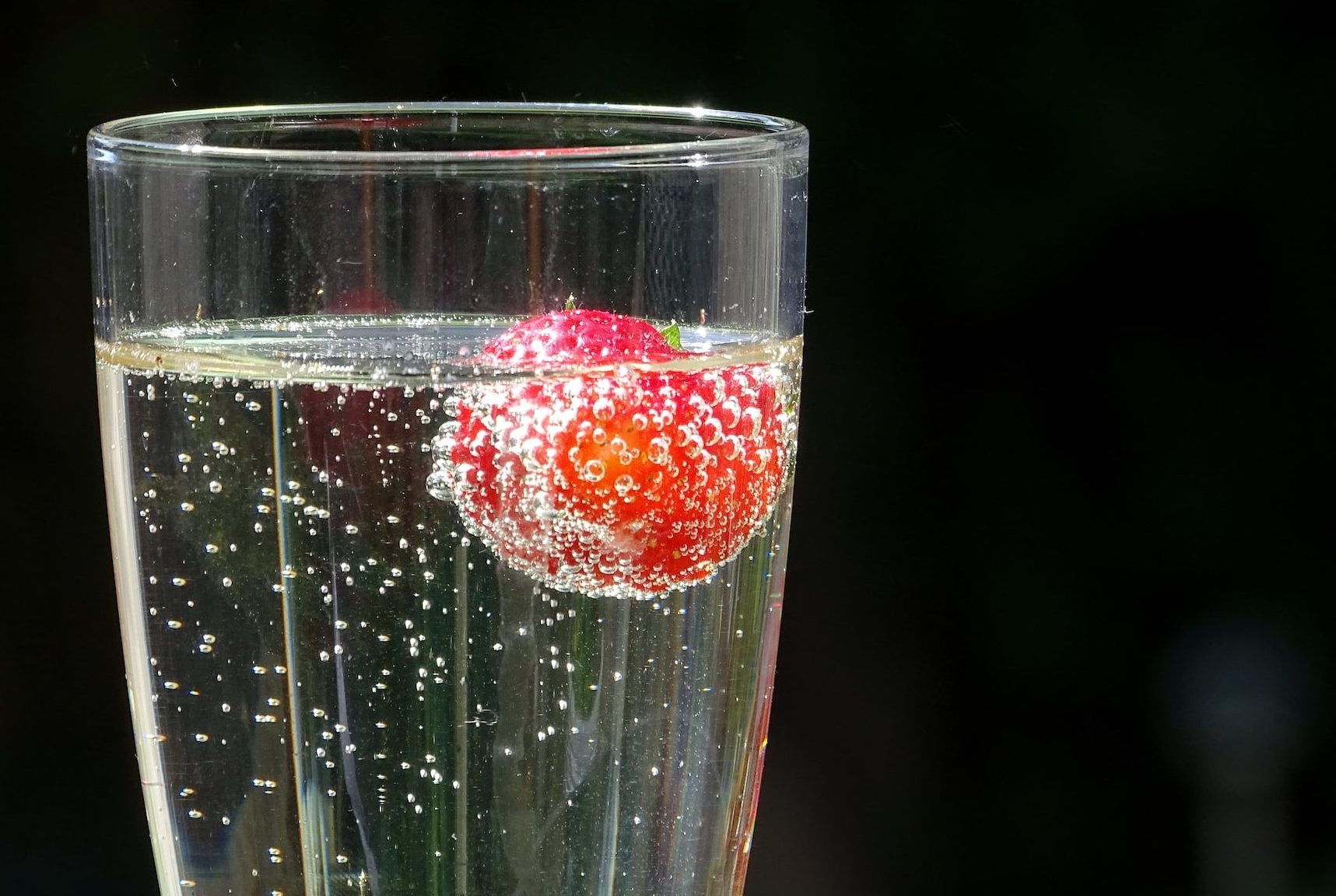
“Only Italian prosecco from the Prosecco region will be able to be sold under that name in NZ. The recognition comes in a bilateral trade agreement between NZ and the EU, and sucks if you want to export Australian prosecco to Aotearoa,” says wine writer RICHARD CALVER.
AUSTRALIA is an island but at the same time it’s not. That’s not me going all Schrödinger’s Cat* on you, not yet anyway.

It’s another way of saying we’re inexorably tied to the rest of the world; our reality is superimposed by the workings of other countries. Just look at how much the Ukrainian war has battered our fuel prices.
Some time ago, I mentioned in a column that Australian winemakers are still permitted to call the wine made from grape variety prosecco, a prosecco even though it has been re-named the “glera” grape variety in Italy.
Producers of prosecco from the Veneto region in north-east Italy succeeded in protecting the geographic integrity of the prosecco name within the European Union but, until recently, not outside of that zone.
In Australia, the protection would be reflected in the legal regime established here that distinguishes particular geographic regions as not being able to be used to describe Australian wines, as well as protecting certain Australian places and language.
It has an amazingly pompous name: the Register of Protected Geographical Indications and Other Terms. It’s kept by Wine Australia (an Australian government authority) in accordance with the Wine Australia Act. The register contains a list of geographical indications and traditional wine terms that are protected under Australian law.
So, while sparkling wine produced in Australia can’t be called champagne, because it doesn’t come from that region in France, we can say that prosecco is Aussie because it comes from grapes formerly known as prosecco and is grown here, mostly from the King Valley in Victoria.
But here comes the rub. A recent decision by the NZ government determined that the Kiwis would recognise prosecco as a protected geographical indication, a measure that the “Daily Wine News” in late August described as “disappointing” for representatives of the Australian wine industry.
The agreement means that only Italian prosecco from the Prosecco region will be able to be sold under that name in NZ. The recognition comes as part of a larger bilateral trade agreement between NZ and the European Union and sucks if you want to export Australian prosecco to Aotearoa.
The decision is a blow for local wine makers of prosecco because, according to the Wine Australia website, Australia is the dominant exporting country to the NZ market with almost 50 per cent of the import market by value. And wine exports land tariff free because of the Closer Economic Relations Agreement between Australia and NZ. According to an August “Decanter” magazine article, Australia produces 20 million bottles of prosecco each year and NZ is the biggest export market for the wine (but no numbers were quoted).
I mentioned the Italian victory to John-Paul Romano, from Italian Brothers in Manuka, with whom I discuss all things Italian in our weekly Saturday afternoon coffee chat.
“Good,” he said. “Prosecco is Italian. I have a Lamborghini Brut Prosecco that I sell for $90. It was the raging bull’s retirement hobby, to make wine, you know, the car guy. He’s dead now.”
“Okay, I said, but the Australians in the King Valley who make the stuff are of Italian origin, De Bortoli, Dal Zotto and Pizzini are three that come to mind. Why should they be shut out from NZ?”
There was a long sigh from JP: “To tell you the truth, I don’t really like prosecco. The sugars from the yeast just don’t appeal to me. I can’t get enthusiastic about Australian sparkling wine.”
“Aha,” I thought; his defence of prosecco is both alive and dead.
*Physicist Erwin Schrödinger stated that by placing a cat and something that could kill the cat (a radioactive atom) in a box and sealing it, you wouldn’t know if the cat was dead or alive until the box was opened. So, until the box was opened, the cat was (in a sense) both “dead and alive”.
Who can be trusted?
In a world of spin and confusion, there’s never been a more important time to support independent journalism in Canberra.
If you trust our work online and want to enforce the power of independent voices, I invite you to make a small contribution.
Every dollar of support is invested back into our journalism to help keep citynews.com.au strong and free.
Thank you,
Ian Meikle, editor




Leave a Reply